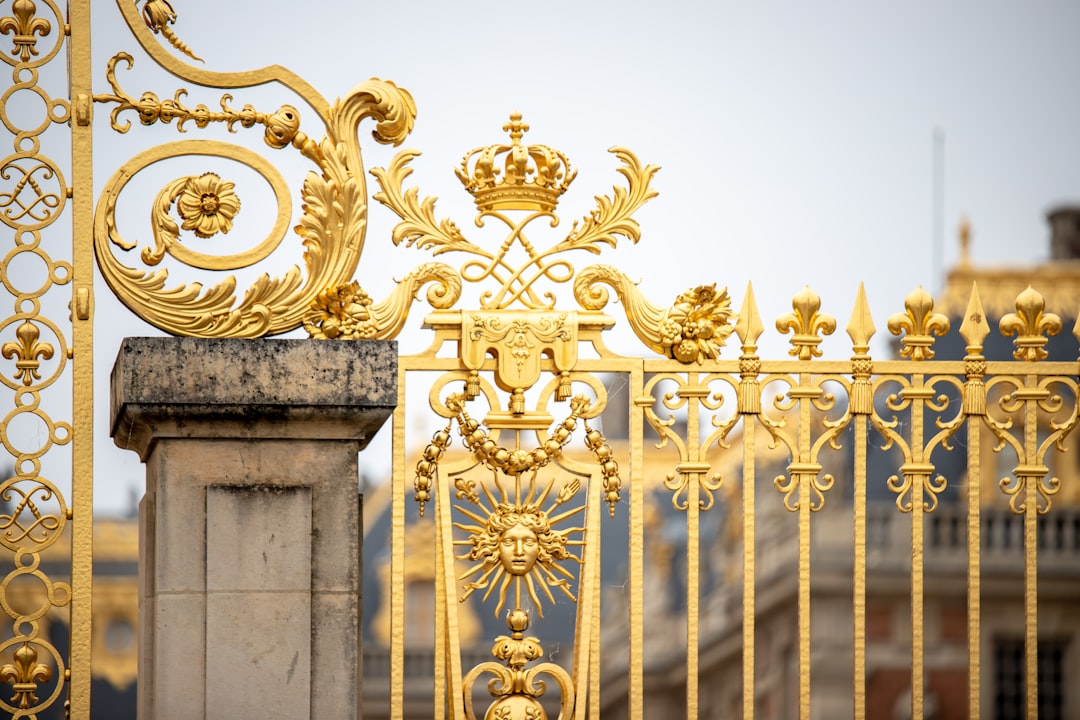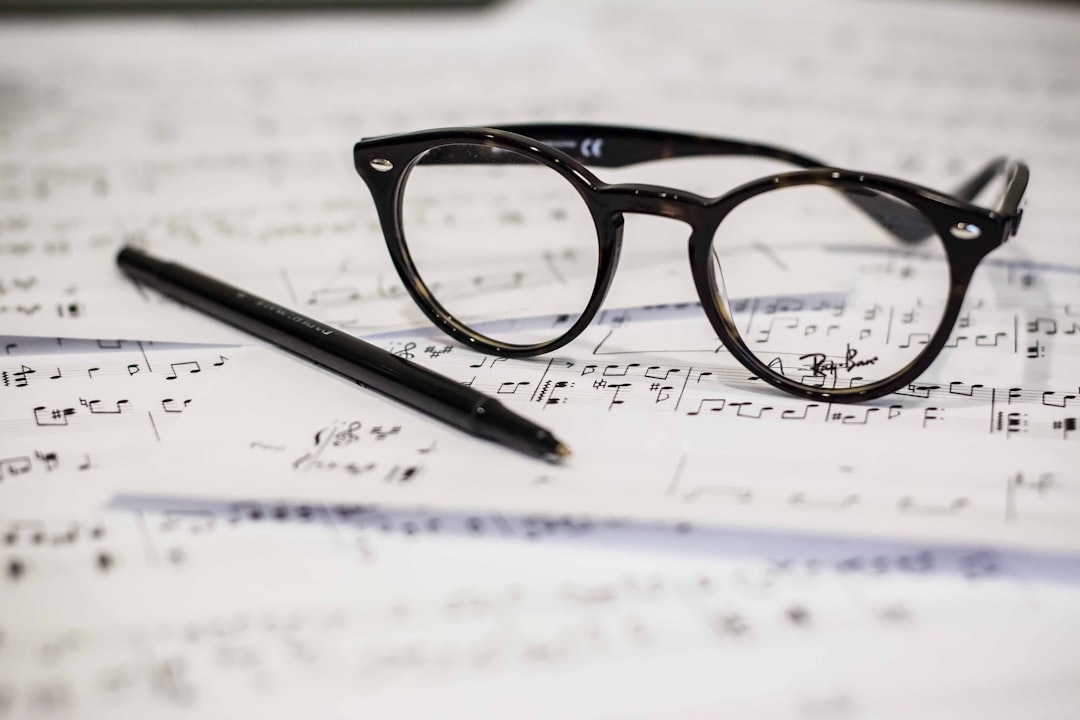Is Classical Music Copyrighted?
Nowadays people are using classical music more and more for different creative projects. I often get asked about copyright and public domain when it comes to classical music. Is classical music copyrighted?
Copyright duration lasts the author’s lifetime + 70 years, so most popular classical pieces are in the public domain. Most recordings of popular classical music are still under copyright though! This means you cannot use a recording of a classical song in your video.

How Does Copyright Work With Music?
So the first thing we should talk about is what copyright is. Copyright is a type of intellectual property that gives the owner the exclusive right to create and distribute a creative work. This typically only lasts for a certain amount of time. After that the work enters the public domain, we'll talk about public domain later in this article.
Purpose of copyright is so that people can retain ownership of what they create or cell ownership of what they create. Some types of art cannot be easily recreated and other types of art can be easily recreated. Music is one of those types of art that can easily be recreated. For example, it is very hard to recreate a statue, but it is technically possible. On the other hand it is very easy to listen to a piece of music, write it down and then sell that music. This is where copyright comes into play. This means when someone writes a piece of music they now have exclusive rights to it. This makes it much easier for people to profit off of their artwork.
Once you obtain ownership of your own artwork through copyright you could then sell it. You could also sell the ownership to someone else as well. This is how Michael Jackson ended up owning some of the Beatles songs for a while. He was able to buy the rights of the songs that have been copyrighted.
In the case of music copyright typically lasts 70 years after the death of the author. It is not that way in all cases but in most that is how it works. This way after an artist creates something and then passes away their family can still profit off of their work. Oftentimes artist work ends up being owned by a foundation or estate. Or nowadays it can be owned by a record label.
An example of this is Duke Ellington's compositions will be in the public domain in the year 2044. That means anyone will be free to record or use Duke Ellington's songs without permission from Duke Ellington's of State. This now takes us to classical music which is certainly much much older than Duke Ellington's music. At this point all of the music that was written by the master composers is in the public domain. Have you ever wondered if classical music was for the rich?

What Is Public Domain?
The public domain consists of all the creative works to which no exclusive intellectual property rights apply. This means all creative works that are no longer under copyright are in the public domain. So anyone can use anything in the public domain. This can be really useful if you're working on some project and you need to use someone else's artwork.
It makes sense that there would be a public domain because it would be crazy if everything was under copyright forever. Can you imagine a world where you need written permission to use Twinkle Twinkle Little Star? That would be totally crazy.
So you might be thinking if most traditional classical music is in the public domain it's free for the taking. Well that's only partially true. The actual music, is in the notes written on paper are in the public domain, but most recordings of that music are not in the public domain. Even though music was written hundreds of years ago it was probably only recorded 30 years ago. That means that that recording is under copyright. This is one of the more confusing aspects of music.
People are often confused by the difference between the music as a concept and the music as a physical thing. When someone records an album they own that recording. So someone can record something in the public domain and still own the recording of that piece of music. If you recorded Twinkle Twinkle Little Star today you could sell that recording, but you do not own the song Twinkle Twinkle Little Star.
The reason I'm explaining this is if you are interested in using some old classical music in some project you were doing you would have to record it yourself. The vast majority of recordings are not in the public domain. This is because recording is still a relatively new technology; it is only about a hundred years old. The good news is every decade that goes by new recordings will be entering the public domain. Your best option for using classical music in a project would be using royalty free music.

What Is Royalty Free Music?
Royalty free music is music you can use without having to pay the owners of the music. Royalties are payments made to the owners or creators of a certain piece of art or media. There are many libraries online that are full of royalty free music. These libraries can be extremely helpful if you're working on different projects and you want some music. YouTube even has their own royalty free music that you would probably recognize. It's in a lot of different YouTube videos. When I'm teaching music lessons in Bethany my students sometimes learn music that is royalty free.
The downside with royalty free music is it's normally low-quality. Either the recording is low-quality or the music that was written was low-quality. This is because most people who create art or record music like to be paid for what they do. Typically professional artists do not offer up their art for free. To be honest I don't know who creates all this royalty free music, but at least someone is doing it.
Some places offer royalty free music for a subscription:
Other places offer royalty free music for completely free:

Why Do People Create Royalty Free Music?
I've decided to look into why people create royalty free music. Some people make it for fun, others probably do it for the same reason that someone might do an internship. It's a great way to practice what you're doing and get feedback on your creations.
Another thing to keep in mind is not all royalty free music is free. Some people sell the music and then you don't have to pay the royalties. Royalty free means you can purchase it and use it as much and however you want. You won't have to pay the owner every time you use it. You buy it like you buy groceries.
The opposite of this would be “rights managed” music. This is where an artist may be owed a huge range of money depending on how their music is used and how often it's used. I personally have a piece of my music in a major motion picture and receive royalties a few times a year.
The people make royalty free music to make money because the company will buy it and use it. They make a lot less because they aren't receiving royalties but there is a higher chance that people will pay them a one time fee to use their song.
This is a great way for young composers to start getting some traction when it comes to their music. As you slowly start to amass more and more placements of your music you can get more attention. Someone might hear your song somewhere and like it and try to figure out who wrote it. This is where apps like Shazam is very useful.
It will listen to any song you're listening to and tell you who wrote it. This way the composer could eventually make more and more money as more people want to place their music. Hopefully eventually someone will outright pay them to compose something for them. This is where composers make most of their money, if they are successful.
Thank you so much for reading this article. I really enjoy writing about music, music lessons and piano. It really means a lot to me that you would take the time to read this article all the way through. Feel free to check out any of my other articles on this website.



